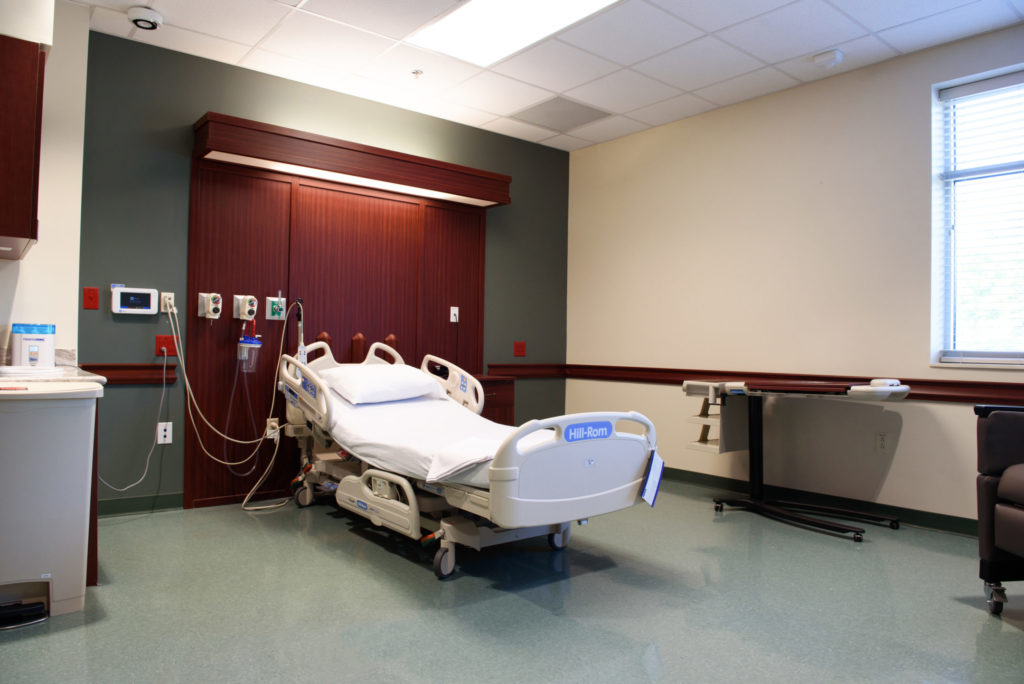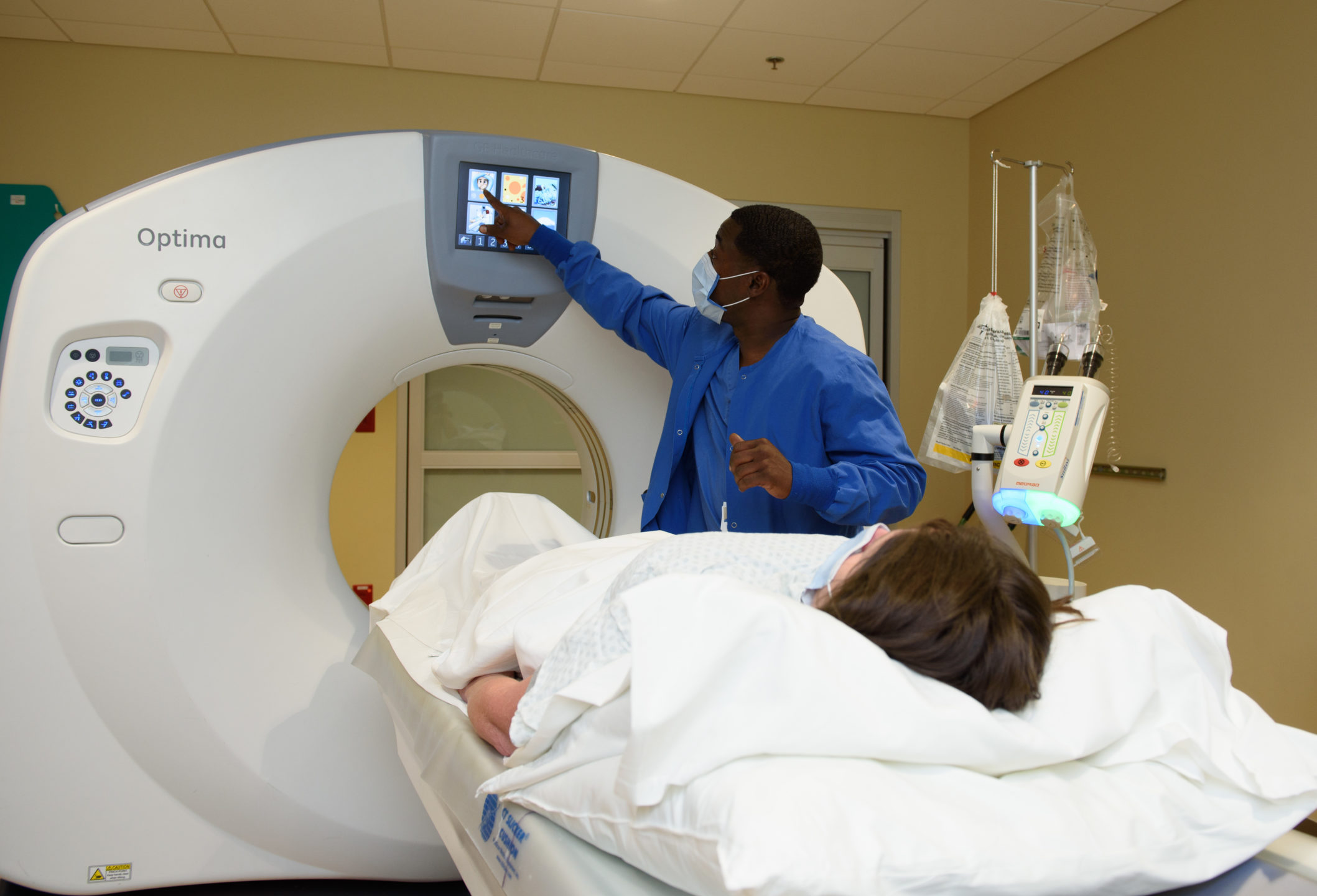Access your own patient portal, provided by NCSH.
Orthopedics
Sports Medicine
ACL Surgery Recovery and Return to Sports Timeline
Mon, Sep 12, 2022

Athletes—both amateur and professional—are vulnerable to anterior cruciate ligament (ACL) injuries. It’s not just adults; active children are at risk too. In fact, each year, more than 8 million sports-related injuries in children are severe enough to require treatment.
Surgery is often necessary for active adults and young people with an ACL tear. ACL surgery recovery requires several months of patient rest and rehabilitation, especially if a return to sports is desired. Know what to expect and what is realistic as you or your child prepares for an ACL procedure.
The Importance of ACL Surgery Recovery Time

Recovering from ACL surgery takes time, which can be frustrating for active individuals. It is essential to follow your surgeon’s timeline and instructions. Failing to do so can lead to reinjury and more significant injuries. It’s not easy, especially for a young athlete, to wait and even to give up a season of sports, but doing so is essential for full recovery.
How Long is ACL Recovery?
ACL recovery is fairly long, unfortunately. The procedure involves repairing and reconstructing the ACL by grafting tissue to the ligament. The graft comes from another part of the body or from a donor.
It takes time for the graft to fully integrate into the tissue in the joint. Most patients begin walking and participate in physical therapy immediately, but full recovery and a return to play without restrictions takes between 6 and 12 months.
When Can You Play Sports After ACL Surgery?
The ACL return to sport timeline varies depending on individual factors. Your surgeon and physical therapy team will evaluate your progress and determine when you can return to sports. They will likely make a distinction between the types of sports. For those that require twisting motions and full contact, the timeline will be longer.
In general, full return to sports occurs between 6 and 12 months. For young athletes, the surgeon might push for at least nine months of full recovery before coming back to athletics. Research indicates that young people who return to full play before nine months have a significantly increased risk of reinjury. For their long-term health, it’s best to be patient.
How Long After ACL Surgery Can You Run?
Running and other impact activities put a lot of stress on the knee joint. Return to running as prescribed by your surgeon and therapy team. You will have to ease back in slowly and pay attention to any pain or swelling running causes. Most people are ready to start running again around three to five months after the procedure.
After ACL Surgery—A Timeline
It’s important to understand that everyone’s experience recovering from the procedure will be different. Your surgeon will discuss your personal timeline and any special considerations. These are the phases in a general timeline that includes physical therapy and rehabilitation:
- 0 to 2 Weeks. You will be able to walk with support right away. If there is no pain, you can start to put weight on the knee. The goals of recovery and therapy during this phase are to reduce swelling, manage pain, and develop range of motion in the joint. Patients can return to work fairly quickly, but this depends on the physical demands of the job.
- 3 to 5 Weeks. During the next phase, you will continue to work on range of motion and begin strength training and balance during physical therapy. There should be no swelling by the end of this phase. Most adults can return to driving by three weeks. Expect to wear a brace at least through this phase.
- 6 to 8 Weeks. You should have full range of motion at this point and continue progressing in strength training. Your walking gait should be normal, and you shouldn’t have pain or swelling after physical activity.
- 9 to 12 Weeks. During this phase, you will continue to progress with therapy and strength training. You should have full stability in the knee by 12 weeks and be able to work on sport-specific training.
- 3 to 5 Months. Most patients can begin sport-specific training by three months. You should also be able to ease into running during this phase.
- 6 to 12 Months. By this phase, you should be able to focus on agility, pivoting, and jumping. Athletes can start to participate in non-contact practice and progress to full practice and sports participation by about nine months.
Throughout this recovery timeline, you will have appointments with your surgeon to monitor progress. They will consult with your physical therapy team to help determine how the recovery is going and when you can return to more activities.
If you or your child has an ACL injury, you need an orthopedic specialist. Contact us today to request an appointment to talk to one of our experienced ACL surgeons.
RELATED NEWS

What Are 2 Warning Signs of a Rotator Cuff Tear?
Do you have sharp pain or weakness in your shoulder? They could be warning signs of a rotator cuff tear. NCSH explains what you must know and do.
Continue Reading

Pinched Nerve in Your Shoulder? 6 Treatment Options
A pinched nerve in the shoulder occurs when there is increased pressure or compression on one of the nerves in the area, resulting in pain, numbness, or tingling in the shoulder, as well as potentially…
Continue Reading
Stay Current
Educational Articles & More
View News & Press
